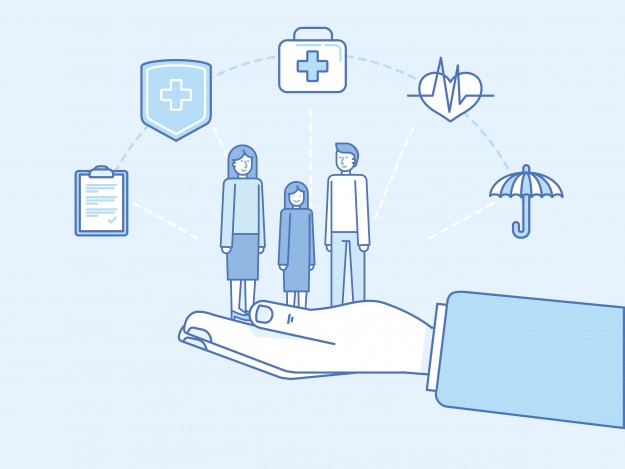Arab Health Congress is the largest health care conference in the Middle East. It takes a year to plan and attracts more than 100,000 attendees and 4,000-plus exhibitors from nearly 160 countries around the world.
JHI has participated in the congress for nearly 15 years. Representatives from across Johns Hopkins participated in this year’s event in Dubai, and I had the honor of speaking about the future of international collaborative health.
I’m incredibly passionate about this topic and want to use this post—and a few more to come—to expand some of the ideas I presented and keep the conversation going.
Around the world, more people are eating, drinking, smoking, sitting and stressing out too much, which has resulted in an overwhelming increase in chronic diseases. In fact, by 2020, half of global health care dollars—about $4 trillion—will be spent on three leading causes of death: cardiovascular diseases, cancer and respiratory diseases.
Attending Arab Health was a good reminder that there are health care leaders around the world who are working to disrupt this trend. More advanced systems are starting to shift from a volume-based model to one that’s value based—focused on prevention and population health. This approach can be successful in both developing and developed nations.
As our industry struggles with rising cost burdens, inefficiencies and patient dissatisfaction, we need to reward physicians for implementing prevention strategies—such as cancer screenings and smoking cessation—and for providing treatments that achieve good outcomes for patients.
For example, in the Middle East—a region of some 400 million people—nearly 65 percent of the population is younger than age 30. We see this as a great opportunity to begin early education about preventive care to shift the focus from sickness and cure to wellness and prevention.
We also need to continue to move care from hospitals to outpatient settings, as well as into the community to address population health needs, determine social issues that impact health and emphasize prevention.
At Johns Hopkins, we’re bringing care directly to our patients. Through our Home Care Group, we provide skilled in-home health care and services, including nursing, physical therapy, social work and home infusion therapy, such as chemotherapy.
Following these models will create an opportunity for developing countries to skip the inefficiencies of providing episodic care and of building hospitals that run the risk of shuttering after a few years.
In the future, we won’t need the same capacity of hospital beds due to shifts in care settings and new delivery models—including home care and telemedicine. These models will help us bring health care to new places and new populations of patients.
More importantly, this new mindset—and our new models—will help us transition from health care to simply health.
